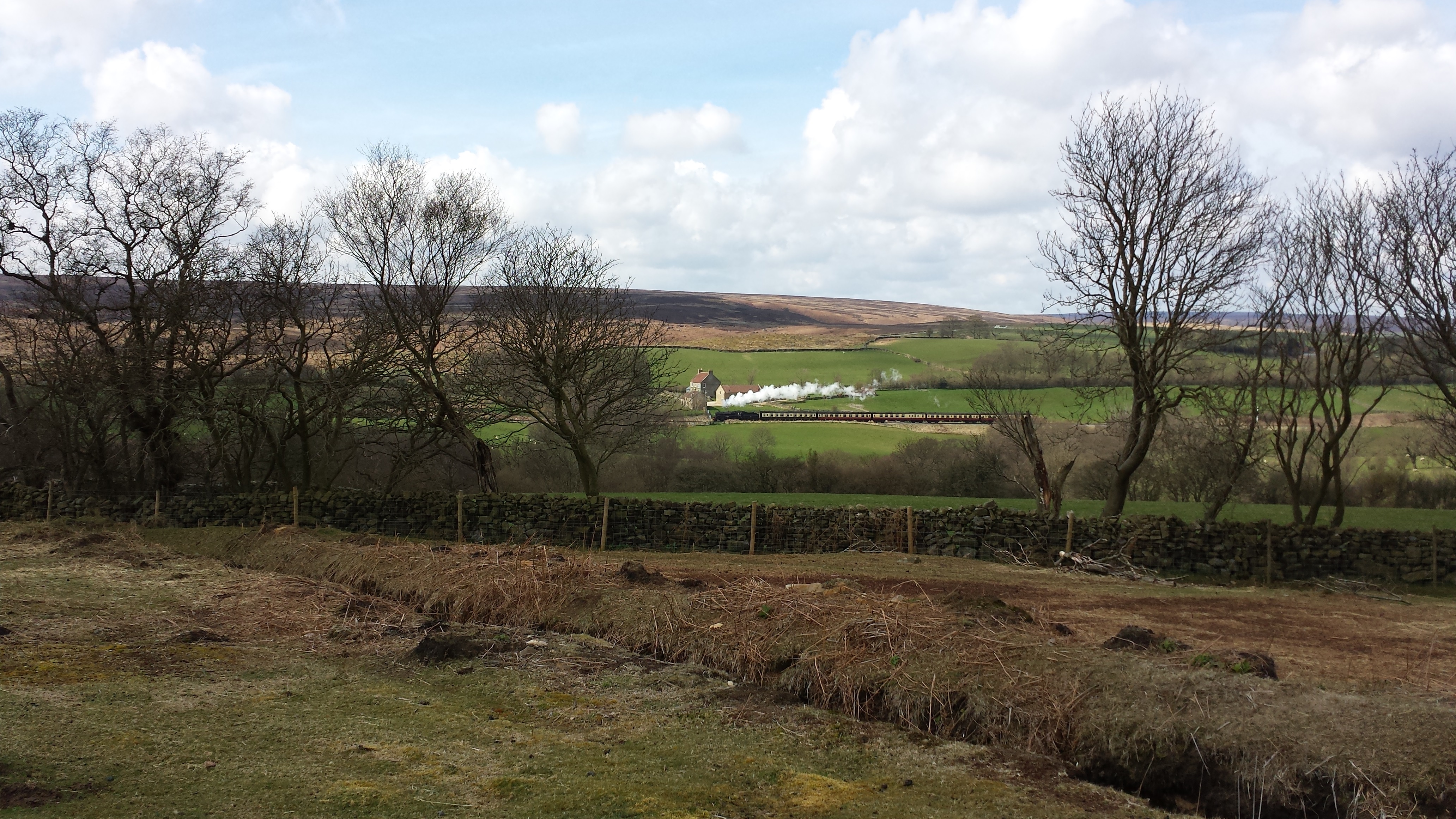Natural environment
Contents |
[edit] How is the natural environment defined?
The term 'natural environment' refers to the non-human-made surroundings and conditions in which living and non-living things exist on Earth. The common concept of the natural environment encompasses two different components:
- Ecological units that operate as natural systems (such as soil, vegetation and so on).
- Universal natural resources (such as air and water).
The natural environment is in contrast with the 'built environment' which refers to areas that have been fundamentally transformed and influenced by human activity, such as cities, towns, infrastructure, and so on.
[edit] What impact does construction have on the natural environment?
Gemini Papers: What are connected digital twins?, published by the Centre for Digital Built Britain in 2022, suggests that: ‘The natural environment provides the foundations of the built environment, the economy, society and the planet. It is the original source of everything from fresh water and food to materials and medicine. It plays a critical role in regulating water cycles and temperature; buffering against extreme weather events; preventing the spread of disease; recycling nutrients and storing carbon; and ensuring the health and wellbeing of society.’
Environmental modelling involves the application of multidisciplinary knowledge to explain, explore and predict the Earth’s response to environmental change, both natural and human-induced.
Construction plays a central role in transforming the natural environment into the built environment, and there are many considerations and restrictions that can apply before a project is given permission to proceed in terms of how it may influence the environment.
For example, an environmental impact assessment (EIA) may be required to ensure that the environmental effects of a proposed development are properly considered. An EIA provides the local planning authority with better information to make a more informed decision about whether permission should be granted and to allow imposition of more appropriate conditions and obligations to mitigate possible negative impacts. For more information see: Environmental impact assessment
In addition, Ecological Impact Assessments (EcIA) can be undertaken to identify, quantify and evaluate the potential impacts of defined actions on ecosystems or their components. Ecological Impact Assessments are required for some large or sensitive projects to ensure that ecological effects are properly considered. For more information see: Ecological Impact Assessments
The green belt is intended to constrain the built environment and prevent it from spreading over the natural environment. For more information see: Green belt.
[edit] Other information about the natural environment
Designing Buildings has a wide range of articles relating to the environment, including:
- Ancient woodland.
- Areas of Outstanding Natural Beauty.
- Biodiversity.
- Blue belt.
- Climate change science.
- Construction environmental management plan.
- Ecological network.
- Ecology and the built environment.
- Environment Agency.
- Environmental engineering.
- Environmental impact.
- Environmental Impact Assessment.
- Environmental modelling.
- Environmental permit.
- Environmental plan.
- Environmental policy.
- Environmental Protection Act.
- Environmental statement.
- Forests.
- Green belt.
- Greenhouse gases.
- Landscape design.
- Local green space.
- Local Nature Reserve.
- National nature reserves.
- National parks.
- Natural England.
- Nature improvement area.
- Protected species.
- Site of Nature Conservation Interest (SNCI).
- Soil.
- Sustainability.
- Thermal environment.
- Tree preservation order.
- Village greens.
- Water
[edit] Related articles on Designing Buildings
IHBC NewsBlog
Purcell’s guidance on RAAC for Listed Buildings in England & Wales
The guidance specifically focuses on Reinforced Autoclaved Aerated Concrete (RAAC) in listed buildings.
IHBC Membership Journal Context - Latest Issue on 'Hadrian's Wall' Published
The issue includes takes on the wall 'end-to-end' including 'the man who saved it'.
Heritage Building Retrofit Toolkit developed by City of London and Purcell
The toolkit is designed to provide clear and actionable guidance for owners, occupiers and caretakers of historic and listed buildings.
70 countries sign Declaration de Chaillot at Buildings & Climate Global Forum
The declaration is a foundational document enabling progress towards a ‘rapid, fair, and effective transition of the buildings sector’
Bookings open for IHBC Annual School 12-15 June 2024
Theme: Place and Building Care - Finance, Policy and People in Conservation Practice
Rare Sliding Canal Bridge in the UK gets a Major Update
A moveable rail bridge over the Stainforth and Keadby Canal in the Midlands in England has been completely overhauled.
'Restoration and Renewal: Developing the strategic case' Published
The House of Commons Library has published the research briefing, outlining the different options for the Palace of Westminster.
Brum’s Broad Street skyscraper plans approved with unusual rule for residents
A report by a council officer says that the development would provide for a mix of accommodation in a ‘high quality, secure environment...
English Housing Survey 2022 to 2023
Initial findings from the English Housing Survey 2022 to 2023 have been published.
Audit Wales research report: Sustainable development?
A new report from Audit Wales examines how Welsh Councils are supporting repurposing and regeneration of vacant properties and brownfield sites.

















Comments
[edit] To make a comment about this article, or to suggest changes, click 'Add a comment' above. Separate your comments from any existing comments by inserting a horizontal line.